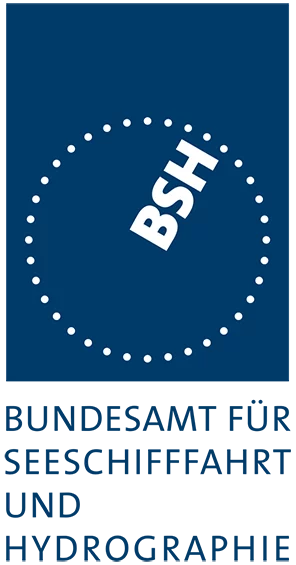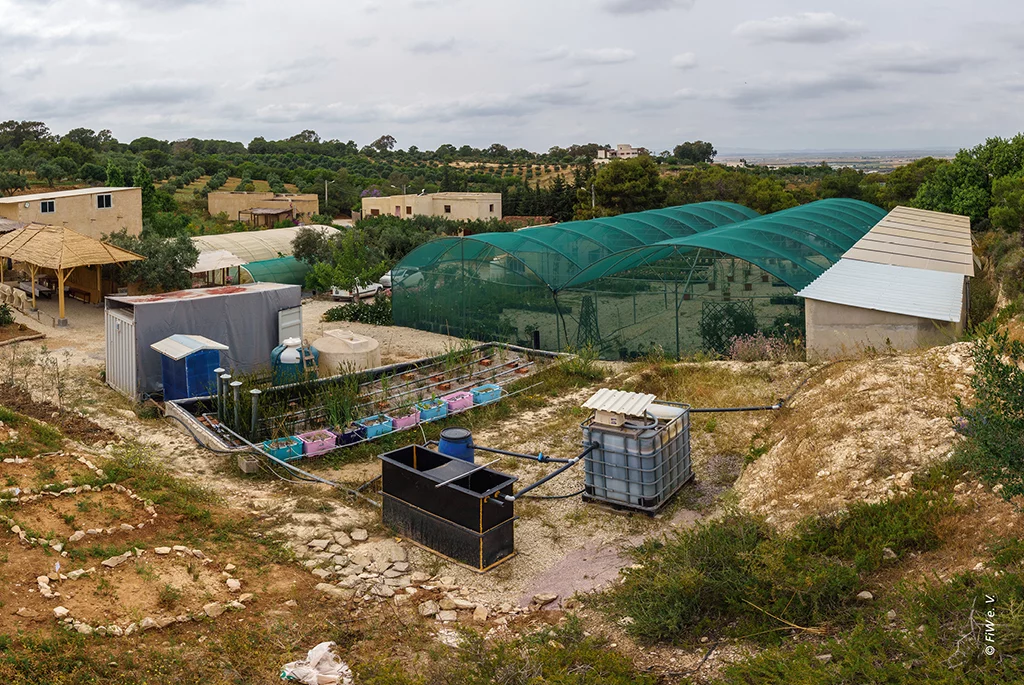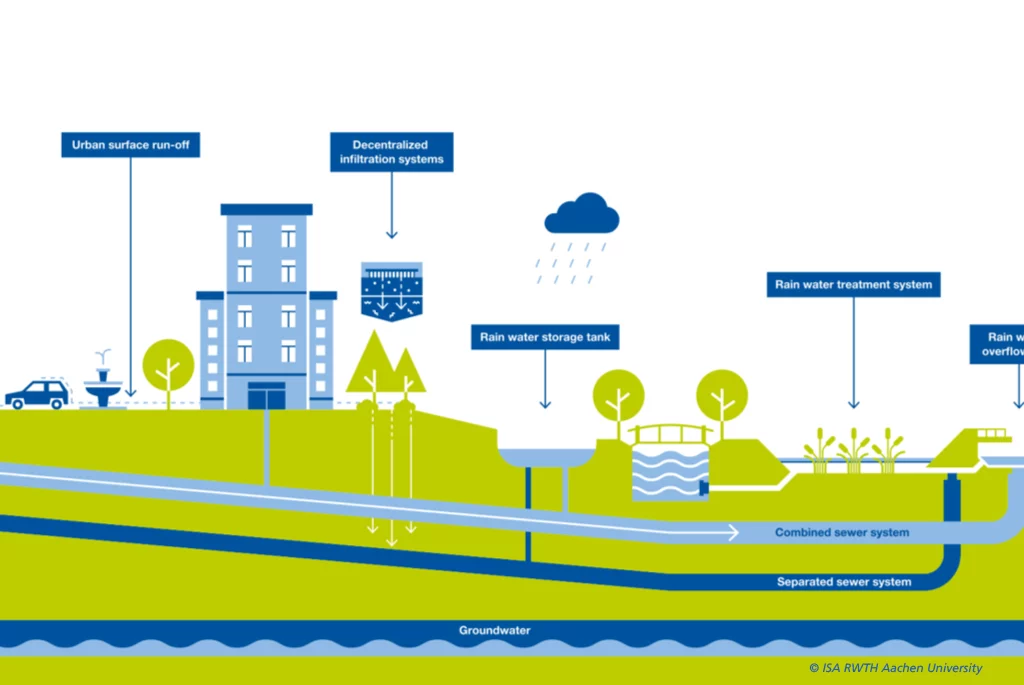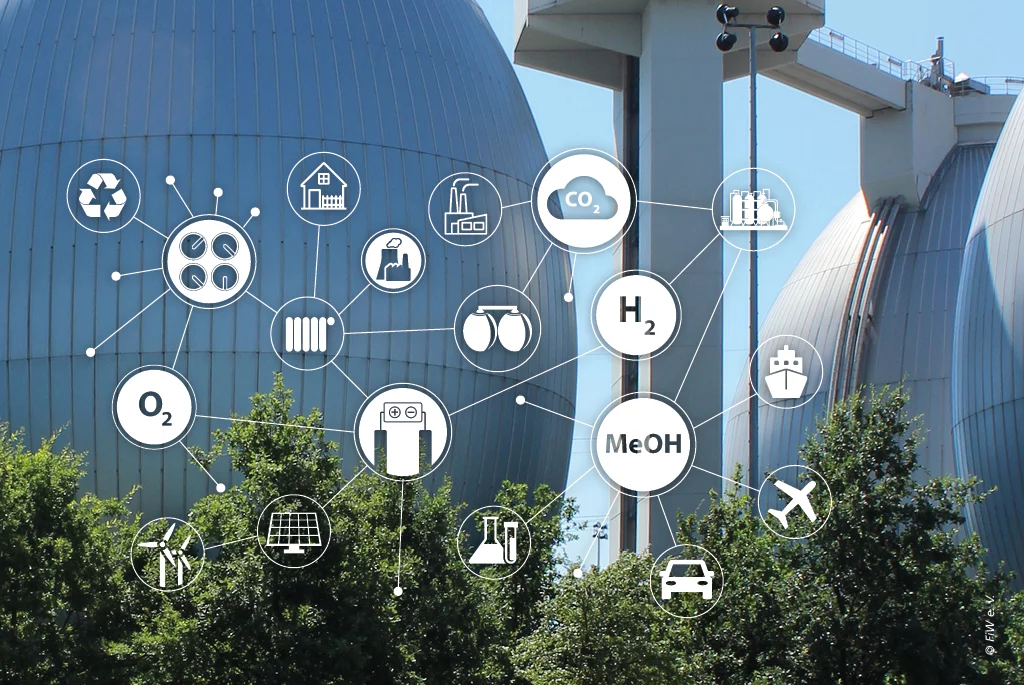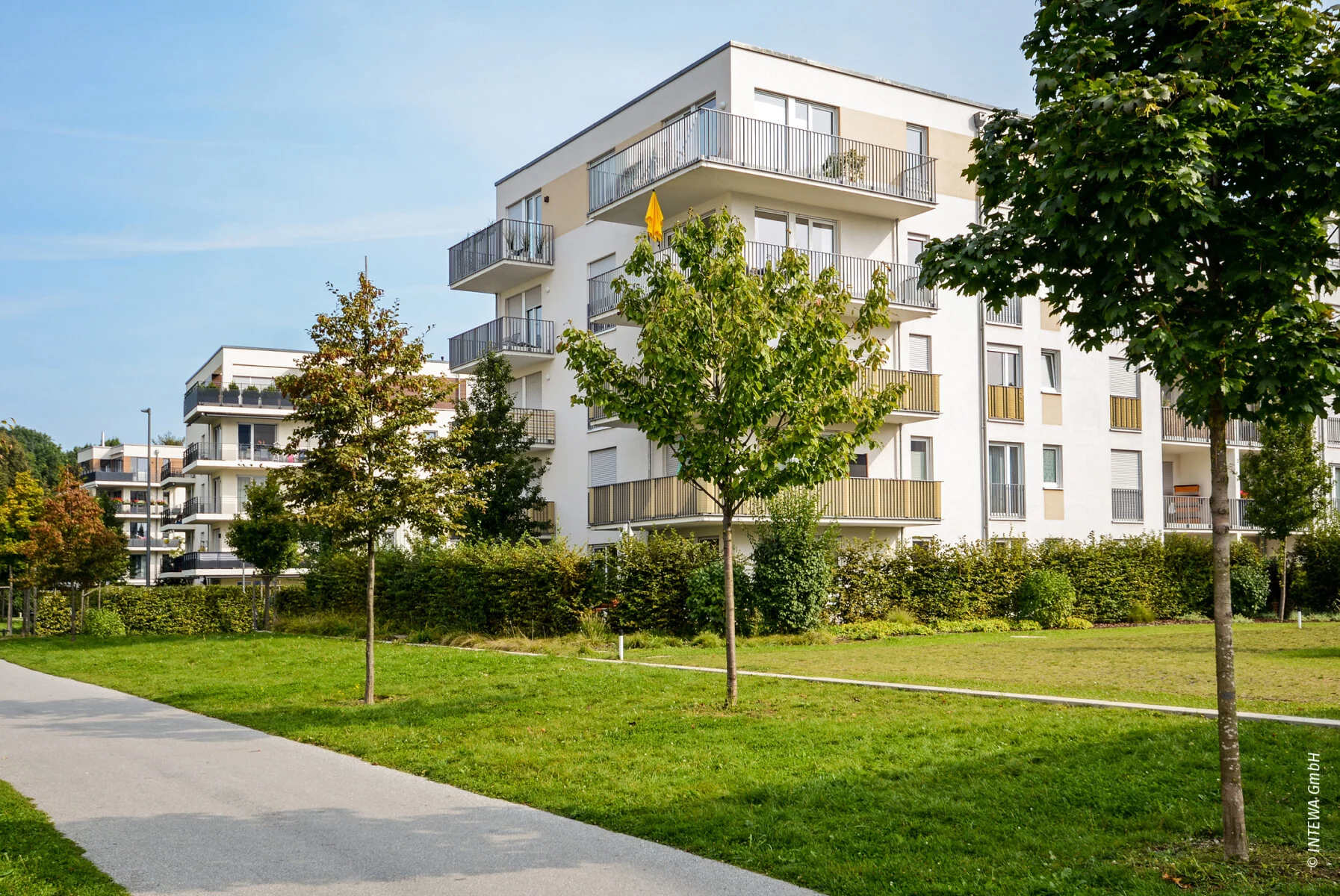Development of a “Best Practice Guidance” for the reception of ship sewage from ships in port reception facilities in the special area Baltic Sea
The Baltic Sea, the biggest brackish sea worldwide, is a highly sensitive sea area and faces increasing maritime traffic at the same time. Connected with the Atlantic Ocean only via the Kattegat, a shallow strait, complete water exchange in the Baltic takes around 30 years. As a consequence, the constant input of hazardous substances and nutrients like nitrogen and phosphorus causes accumulation over time. Eutrophication caused by the extensive input of nutrients leads to excessive algae growth and oxygen depletion. Although the amount of total nutrient input is decreasing, values are still too high to effectively combat eutrophication.

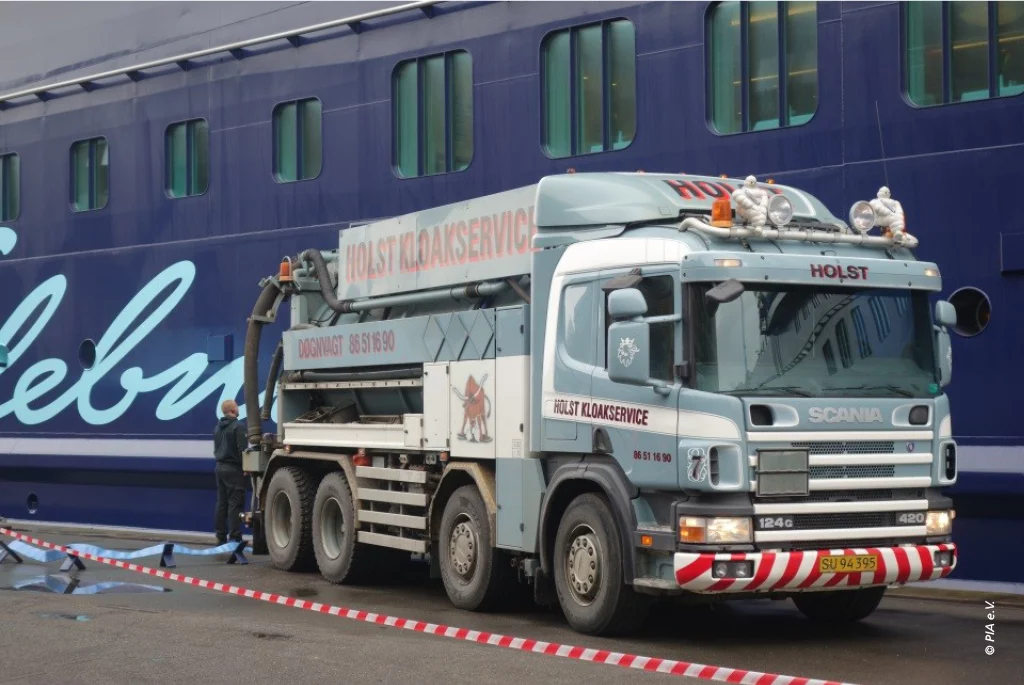
The HELCOM Baltic Sea Action Plan (BSAP) is an ambitious program to restore the ecological status of the Baltic marine environment. It includes measures to reduce the input of nutrients from various sources. With respect to maritime activities the BSAP has been a great success. In 2011, the International Maritime Organization (IMO) designated the Baltic Sea a Special Area for sewage discharges from passenger ships under Annex IV of the MARPOL-Convention. The proposal was submitted to IMO by the Baltic Sea riparian States, prepared and supported by the HELCOM Maritime Working Group as a result of a long process of negotiations and a common effort of all Contracting Parties to the Helsinki Convention. The new regulations took effect for all passenger ships in 2021.
Passenger ships which carry more than 12 passengers are limited to either discharging sewage into Port Reception Facilities (PRF), or alternatively at sea but only after treatment with advanced on-board sewage treatment plants capable of reducing the nutrient input into the sea according to Resolution MEPC.227(64), which stipulates a reduction of 70% nitrogen and 80% phosphorus levels. Passenger ships not equipped with an onboard sewage treatment facility according to the specifications will have to discharge the sewage (black water) in a PRF.
The lack of experience with sewage handling in ports required the development of new and innovative approaches to manage these new challenges. To support this process, this study document provides a “Technical Guidance” for the handling of wastewater in ports. Data from Baltic Sea ports and shipping companies on the composition and handling of sewage from passenger ships have been collected and evaluated. On the basis of this data and the results from our own studies, the study offers recommendations to port operators and shipping companies, includin
- information on how to avoid potential problems with the acceptance of the wastewater,
- and options for pre-treatment in ports and mobile solutions.
The “Technical Guidance” has been developed based on the information from surveys and additional literature research. PIA developed a questionnaire for port authorities and municipal wastewater treatment plants in order to determine the current state of PRFs and to identify problems linked to receiving sewage from passenger ships. The questionnaire served as a basis for a summary of the problems faced when handling cruise ship generated wastewater. Additionally, it has provided information of currently available and planned PRF infrastructure. In addition to the questionnaire, a literature research was performed to help evaluate the results and identify possible solutions for the acknowledged problems. Also included is data from the HELCOM Overview 2014 and 2018, the Cruise Baltic, and the CLIA Exercise 2016.
An exercise by the Cruise Lines International Association (CLIA) in 2016 reported that of the 30 ports visited by 29 cruise ships, 46% faced PRF related problems, due to various reasons. The issues were considered together with the problems mentioned in the questionnaire in order to provide a comprehensive overview, including the perspective of the shipping industry. An effort was made to distinguish between problems in and for the port and problems for the ship. In addition, the results of the survey were compared with those of other studies on discharge and handling of wastewater in ports, such as N. Butt 20071 and M. Wilewska-Bien et al., 20182 to name a few.
The quality and volume of wastewater from cruise ships have been investigated in order to distinguish between black and grey water. Data was collected mainly from studies performed by the US Environmental Protection Agency (EPA) and the Alaska Cruise Ship Initiative (ASCI). Other sources include reports authored by researchers at the University of Technology Hamburg (TUHH), cruise ship operators (e.g. environmental report) and manufacturers of ship sewage treatment plants. All information and data was summarized and used as a basis for calculating the reasonable scale and size of PRFs. In addition, the summarized data has been used to provide recommendations to improve the treatment and storage options whilst at sea and reduce problems within ports.
Furthermore, in order to estimate how much wastewater is produced it was necessary to gather information on cruise ships in the Baltic Sea and the profile of an “average ship” determined from cruise ships traveling the Baltic. This average was then used as the basis for calculations in order to ascertain the projected capacity needed for PRFs to fulfill the requirements that have been set out.
The Technical Guidance is available on helcom.fi under the following link.
1 Butt, N. (2007). The impact of cruise ship generated waste on home ports and ports of call: A study of Southampton. Marine Policy, 31(5), 591–598.
2 Wilewska-Bien, M., & Anderberg, S. (2018). Reception of sewage in the Baltic Sea – The port’s role in the sustainable management of ship wastes. Marine Policy, 93, 207–213.
Funding Agency
